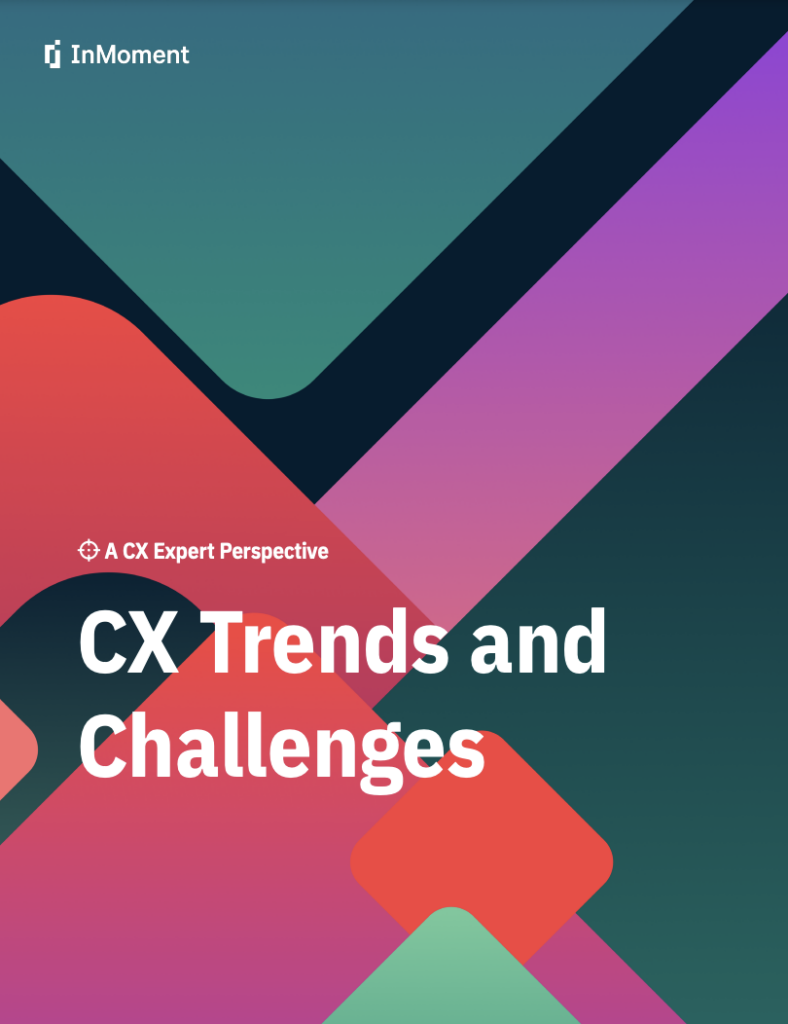
I recently put together a Point of View article about the importance of cost reduction, and how going about it a certain way enables brands to reduce costs, lower friction, and build better relationships by improving customer experiences. These are goals that brands can accomplish with a single motion, and the organizations that say otherwise are not, unfortunately, utilizing their experience platforms and data as much as they could be.
As important as cost reduction is, however, it’s one piece of a larger picture that brands should draw inspiration from as they try building better experiences. That picture is what I call the four economic pillars, and we’ll briefly run through them now.
Four Economic Pillars for Your Experience Improvement Strategy
- Customer Acquisition
- Customer Retention
- Cross-Sell/Upsell
- Cost Reduction
Pillar #1: Customer Acquisition
Brands should always try to acquire new customers as a matter of course, but a lot of organizations don’t tune their experience platforms & programs to that objective as much as they can and should. A versatile Experience Improvement (XI) program can help brands identify where prospective customers live in the feedback universe, then digest their sentiments to create an experience and product offering that those individuals will find attractive. One reason why more brands don’t succeed here is because they don’t decide where it might be best to look for new audiences before turning their programs on. Be sure to discuss and agree on your program design before proceeding!
Pillar #2: Customer Retention
We can all agree that it is more efficient for brands to retain current customers than to rely too much on new ones for revenue. That’s why you should use your experience programs and feedback tools to not only seek out new customers, but also ensure you’re keeping tabs on conversations within your existing customer base. The best way to do this is to bring all relevant teams to the table, construct a profile of your existing customer against a backdrop of operational and financial data, then use that info to continuously refine your products and services, as well as reduce friction in the experience you deliver. Customers appreciate a brand that does more than react to problems as they arise.
Pillar #3: Cross-Sell/Upsell
Creating a profile of your existing customers is useful for more than ‘just’ building a better experience for them; it also reveals new opportunities to cross-sell and upsell that group of clientele. Seeking out new sources of revenue is all well and good, but most brands would probably be surprised at what opportunities are just waiting in their own backyards. For that reason, organizations should build a customer profile with both better experiences and cross-selling opportunities in mind. Try to resist the urge to consider this pure sales; rather look at it as helping your customers get the most value from all that you have to offer.
Pillar #4: Cost Reduction
Cost reduction is very important on its own, but it takes on added meaning when viewed through the lens of these other three pillars. What makes cost reduction exciting is that brands can achieve cost reduction goals via a lot of the same processes that underlie these other pillars; reducing friction, streamlining processes like customer claims, and the like. Again, brands should not view cost reduction as something that’s mutually exclusive with a better experience. Rather, with the right experience platform, organizations can achieve both goals with one approach.
Click here to read my full Point of View on cost reduction, in which I take a much deeper dive on this subject, and stay tuned for additional material we’ve got coming down the pike on the importance of this and other economic pillars!





